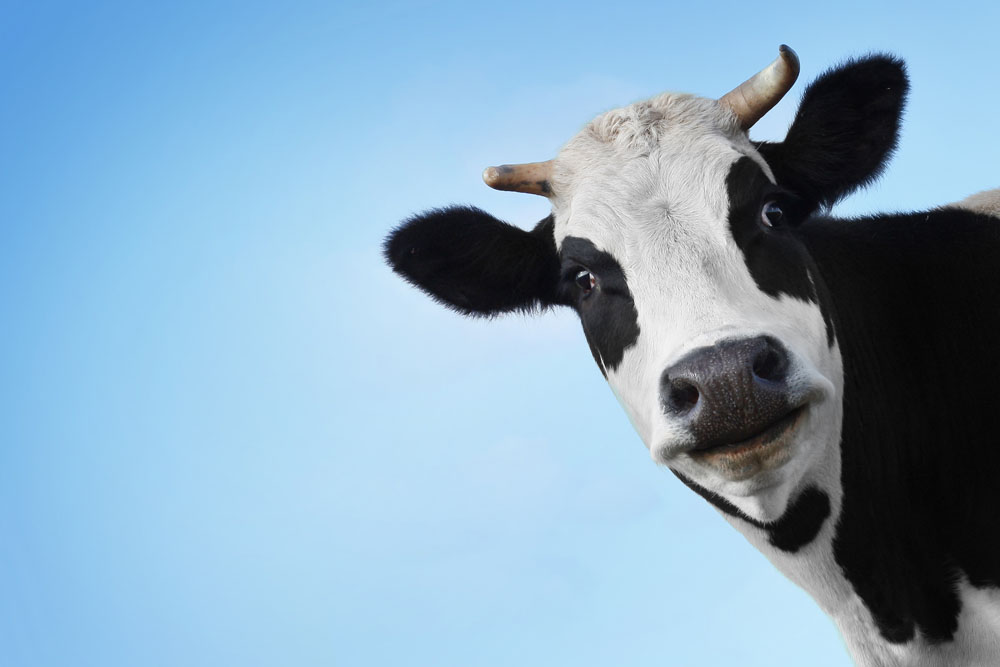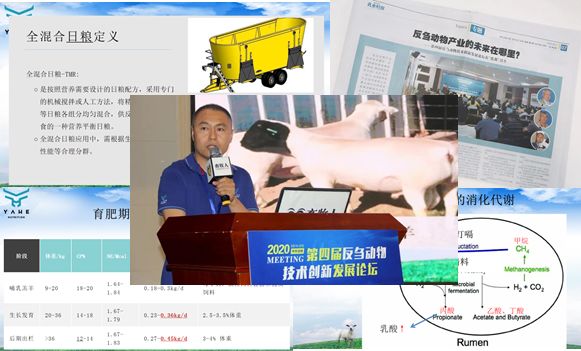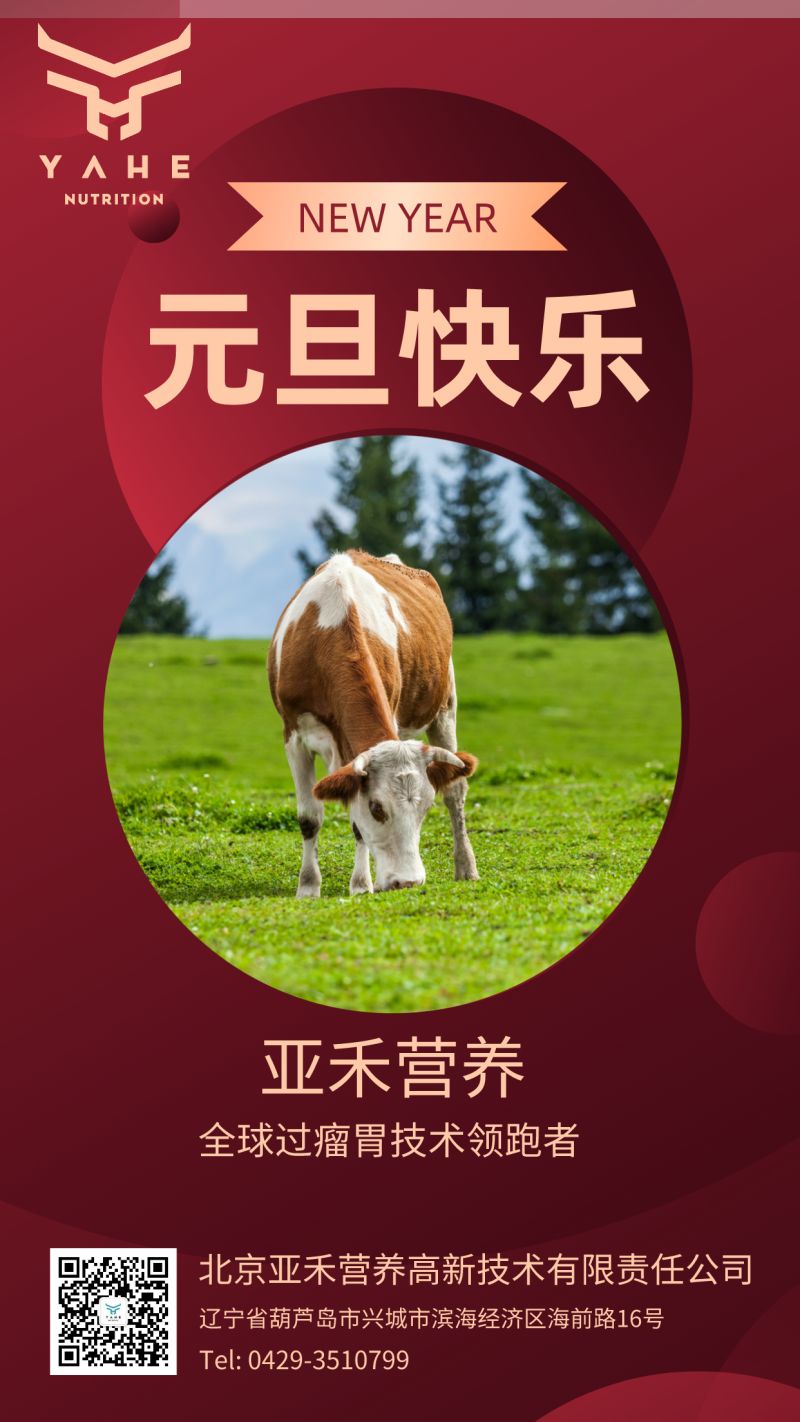With the improvement of people's living water products, the demand for milk products is also increasing, and the market prospects for milk products are good. Many novices want to engage in the dairy farming industry. So how to efficiently raise dairy cows to improve milk production and milk quality?
1. Mixing and matching technology of fine and coarse materials
The proportion of dairy cows must meet the basic physiological characteristics of cows as ruminants, and even the peak of lactation must adhere to the principle of mixed feeding of refined and rough feed. Generally, the proportion of crude fiber feed (artificial forage, wild grass, grass crop straw, etc.) in the non-lactating period and the dry period should be 50% ~ 60%, and the fiber feed in the lactation peak period should account for about 40% ~ 50%. Properly increase the amount of concentrate feed (proportioning amount is 50% ~ 60%), so that it is conducive to the full digestion, absorption, conversion and utilization of dairy cows, so as not to produce nutritional metabolic (digestive) diseases.

2. Dietary nutrition balance control
For dairy farming, feeds should be prepared in accordance with the feeding standards for each growth stage of the dairy cows, especially to meet the key nutritional needs of the lactation stage. The supply of dry matter must be sufficient, including "energy substances, crude protein, crude fiber, minerals, vitamins" Must be added in sufficient amount and accurately proportioned; the maximum amount of fine feed (grain, beans, animal feed, etc.) should not exceed 60%, and crude fiber feed should be the main ingredient, even if the proportion of fine feed is added at the peak of lactation. It can only be controlled at 50% ~ 60%, and it is forbidden to exceed 60%, so as not to increase the burden on the liver and kidney of the cow, cause metabolic diseases (acid-base poisoning), reproductive disorders, foot and foot disease, etc .; 24h uninterrupted supply of sufficient cleaning Drinking water is forbidden to supply inferior drinking water that does not meet the standards for safe drinking water.
3. Reducing the negative balance of nutrition
It has been proved by practice that high-yielding dairy cows need to reduce the negative nutrition balance as much as possible to ensure the normal function of rumen, so as to maintain the health of dairy cows and obtain stable and high yield. Therefore, in order to minimize the negative energy balance, a certain amount of rumen-passing protein (protective amino acids, full-fat puffed soybeans, cottonseed) and rumen-passing fat (vegetable oil, calcium fatty acid, calcium palmitate, etc.) can be specifically added to the diet , The amount of 2% ~ 3% should be appropriate to pay attention to prohibit the use of animal rumen protein and animal fats, because it will cause rumen dysfunction.
4. Balanced supply of trace elements
In practice, the amount of trace elements (minerals, vitamins) is small, but the effect is huge, especially in the large-scale breeding of livestock and poultry. Animal essential trace elements include: Na salt commonly used 0.8% Na2SO4 (sodium sulfate) can improve lactation and feed conversion utilization rate; the appropriate amount of KCl (potassium chloride) in high temperature season can effectively relieve heat stress and maintain normal physiological and metabolic functions of dairy cows ; In the whole house feeding, closed breeding mode, Se (selenium), S (sulfur), Ca (calcium), P (phosphorus), Cu (copper), Zn (zinc) and other animal essential minerals are easy Insufficient, free-range and semi-free-range dairy cows also have a regional lack of certain mineral microelements, so it is necessary to pay attention to process detection and immediate assessment of whether the content of mineral elements in the cow ’s diet is seriously lacking. In order to avoid related nutritional deficiency diseases; VE and VA are indispensable during the high-intensity reproduction of dairy cows. Adding these two vitamins in the diet of dairy cows during the breeding period can effectively reduce the incidence of reproductive disorders; After the lactation mechanism is started, there is a large demand for calcium and phosphorus substances. At this time, an appropriate increase in the dosage of VA and VD in the diet (constant 1.5 to 3 times the amount) can promote the absorption and absorption of calcium and phosphorus substances in dairy cows. Utilization, can effectively prevent calcium deficiency postpartum, postpartum obstetric paralysis and other diseases.
5. Reasonable application of feed additives
In order to achieve the purpose of preventing certain diseases, promoting weight gain, increasing milk production, and increasing production and income, some feed additives are often used in large-scale dairy farming production, mainly including: (1) Buffering agent: mainly baking soda (added Amount of 1.5%), magnesium oxide (additional amount of 0.6% ~ 0.8%), used to improve dairy cows' over-feeding and digestion, increase milk production, enrich milk nutrients, and adjust and improve the rumen microbial fermentation and decomposition effect, reduce rumen diseases Incidence rate. (2) Propylene glycols (propylene glycol, ethylene propylene glycol, isopropylene glycol): when cows have a common disease "ketosis", they can be added to the diet or directly infused with propylene glycol preparations, which can quickly relieve symptoms and cure them. (3) Ectopic acids (isovaleric acid, isobutyric acid, isoohexanoic acid): Targeted addition of ectopic acids can significantly increase milk production, milk fat percentage and feed conversion efficiency of dairy cows. (4) Zeolite and rare earth: It has been verified by practice that adding 4% to 5% of zeolite component in the diet of dairy cows during peak lactation period or adding appropriate amount of rare earth (40 to 45mg / kg) in the diet can increase the amount of lactation by about 8% to 10%.
Sixth, refined management of lactation
1. Short-term optimal feeding promotes lactation to ensure that cows have sufficient time for feeding and rumination, and try to eliminate adverse effects such as noise, violent expulsion, environmental discomfort (pollution, high temperature and high humidity, low temperature and high humidity, poor ventilation, etc.) to keep it Good health and welfare psychology, so as to exert the best production performance. High-yielding cows at this stage are fed 5 to 6 times a day to ensure their free feeding and rumination rest time is not less than 20h.

2. Extend the dry period Modern modern high-yielding dairy cows consume a large amount of milk during the lactation stage, and the rumen is in a negative state for a long time. It needs to be effectively relieved during the dry period to maintain the normal function of the rumen, otherwise it will cause rumen dysfunction. It will affect the production of the next lactation period and the health of the cows. Therefore, it is appropriate to extend the milking time and artificially control the dry period of dairy cows to extend to more than 60 days, which is conducive to the rapid return of rumen function to normal.
3. Sufficient supply of drinking water is the basic substance to maintain animal physiology and metabolic function. The daily water requirement of high-yielding dairy cows is about 120 ~ 145m L. In hot summer, the demand is greater. Modern large-scale dairy farms should install automatic drinking fountains to ensure full Sufficient clean drinking water is provided uninterrupted throughout the day; when summer temperatures are too high, appropriate amount of baking soda (0.5% ~ 1%) can be added to the drinking water to alleviate heat stress. It is better to adjust the water temperature to 15 ~ 18 ℃, and prevent it in autumn and winter Drinking water is frozen and the water temperature is too low. When the water temperature is lower than 10 ° C, it is necessary to manually increase the temperature to 18-20 ° C. During the whole process, pay attention to strengthening the quality of drinking water to ensure that it meets the drinking water safety standards, which can prevent digestive tract diseases.
4. Reasonable group feeding Modern high-yielding dairy cows have different dietary nutrition requirements at different lactation stages. It is necessary to adjust the feed amount and dietary nutrient concentration according to the current lactation amount. If there is no planned mixed group feeding, it is difficult to grasp the diet allocation and feeding Therefore, we should try to group cows in lactation, dry period, and perinatal period according to the same period and the amount of milk production, and separate the first-born cows (first fetus) from the cows that have produced milk, and keep them exclusively. Only in this way is it beneficial to carry out feeding management and give full play to the best production performance of dairy cows.




